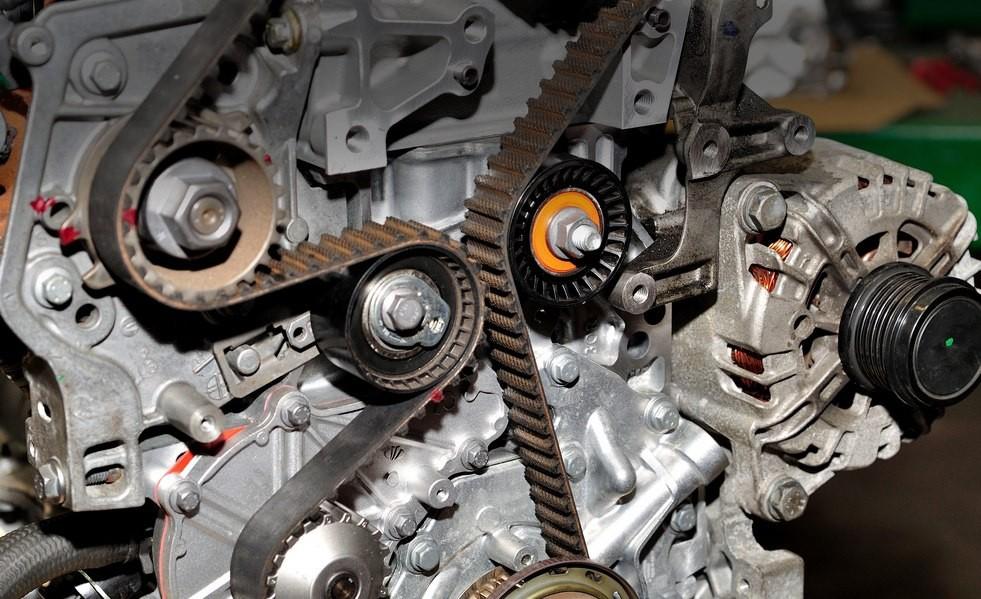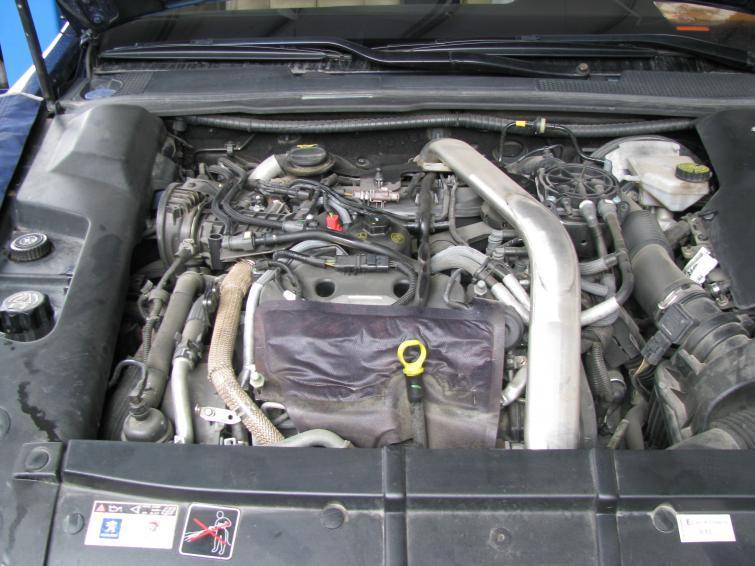
Timing - replacement, belt and chain drive. Guide
 The timing mechanism, or rather the entire kit for its drive, should be replaced regularly. Otherwise, we risk getting serious failures.
The timing mechanism, or rather the entire kit for its drive, should be replaced regularly. Otherwise, we risk getting serious failures.
Timing is one of the most important mechanisms in an engine. For a four-stroke engine to work, valves must open to allow the air-fuel mixture to pass through. After the work they have done, the exhaust gases must exit through the following valves.
See also: Brake system - when to change pads, discs and fluid - guide
The opening time of individual valves is strictly defined and in cars is carried out through a timing belt or chain. These are elements whose task is to transfer power from the crankshaft to the camshafts. In older designs, these were the so-called pusher sticks - there was no direct drive to the shafts.
Belt and chain
“Three-quarters of the cars that currently drive on our roads are equipped with timing belts,” says Robert Storonovich, a mechanic from Bialystok. “The reasons are simple: belts are cheaper, lighter and much quieter, which is important in terms of comfort.
As for the durability of the belt and chain, it all depends on the car manufacturer. There are cars where the belts can withstand mileage up to 240 10 kilometers or 60 years. For the vast majority of cars, these terms are much shorter - most often they are 90 or XNUMX thousand kilometers. The older the car, the better the mileage reduction. The chain is sometimes enough for the entire life of the car, although it all depends on the model. There are also those where, after several hundred thousand kilometers, they are also recommended to be replaced along with gears. The tension and guide elements of the chain are replaced more often.
You must follow the deadlines
In the case of a timing belt, it is impossible to check its condition - as is the case with other consumable parts of a car. The point is not that it is enough to come to the workshop, and the mechanic will decide visually or by inspection whether something needs to be replaced. You just need to follow the recommendations of the car manufacturer and be prepared for such expenses from time to time.
See also:
– Cooling system – fluid change and pre-winter inspection. Guide
– Error with dispenser. What to do? Guide
Otherwise, without any signals of impending problems, a possible failure will often cost thousands of zlotys. In many older cars, repairs can then be completely unprofitable. An engine overhaul is practically a death sentence for a car.
Changing the strap itself is not enough. Next to it there are a number of other interacting elements:
- guide rollers
- camshaft and crankshaft seals,
- tension roller.
If the water pump is belt driven, it must also be checked when replacing. Often this element also needs to be replaced.
Beware of used cars
It is imperative that when replacing a timing belt, the mechanic carefully checks the engine for oil leaks. This is especially important on older, teenage vehicles where oil tends to seep out. Basically, these are shaft seals, since their absence will lead to faster wear of the timing belt. Therefore, service workers emphasize that after buying a used car, it is first necessary to replace the timing. Unless we receive a service book from the previous owner with the date of such an operation and, most importantly, information about the mileage on which it was performed. Of course, another option is to show the seller's invoice on the site for such a service.
See also: Suzuki Swift in our test
Of course, the mechanic can check that the belt is in good condition. It just looks beautiful at first glance, in fact it can be worn so much that it will break as soon as you leave the workshop. No professional can guarantee that after the inspection everything is in order. Replacing a timing kit costs (parts and labor) from about PLN 300 in cheap cars. Complex engine designs mean much higher costs, in excess of PLN 1000 or PLN 1500.
Rejection symptoms
The problem is that in the case of timing, there are practically no such signals. They occur extremely rarely, for example, in the event of damage to one of the rollers or the water pump, they are accompanied by a specific sound - a howl or roar.
Never be proud
Remember that starting the car in this way has the right to end badly. In the case of timing systems where the belt is located, synchronization of the timing phases or, in extreme cases, a broken belt can occur. This, in turn, is a direct cause of breakdowns, leading even to a major overhaul of the engine. The danger is much less with a timing chain.